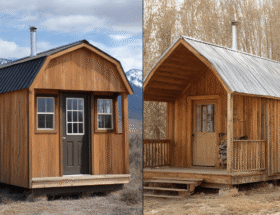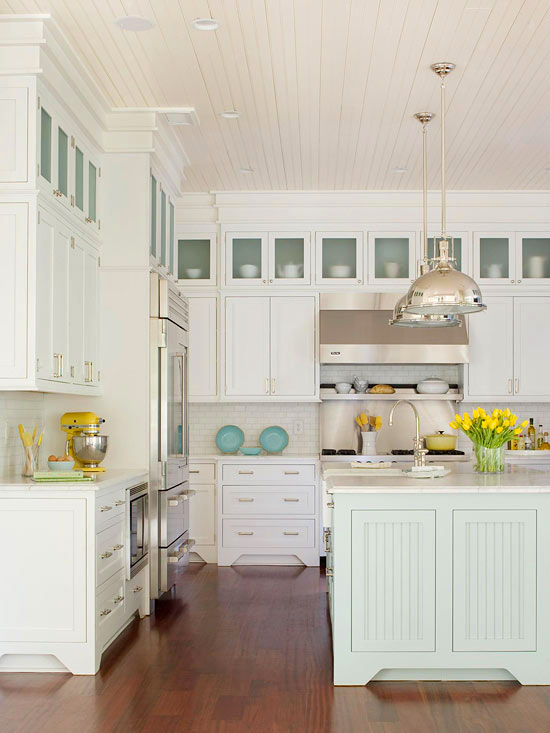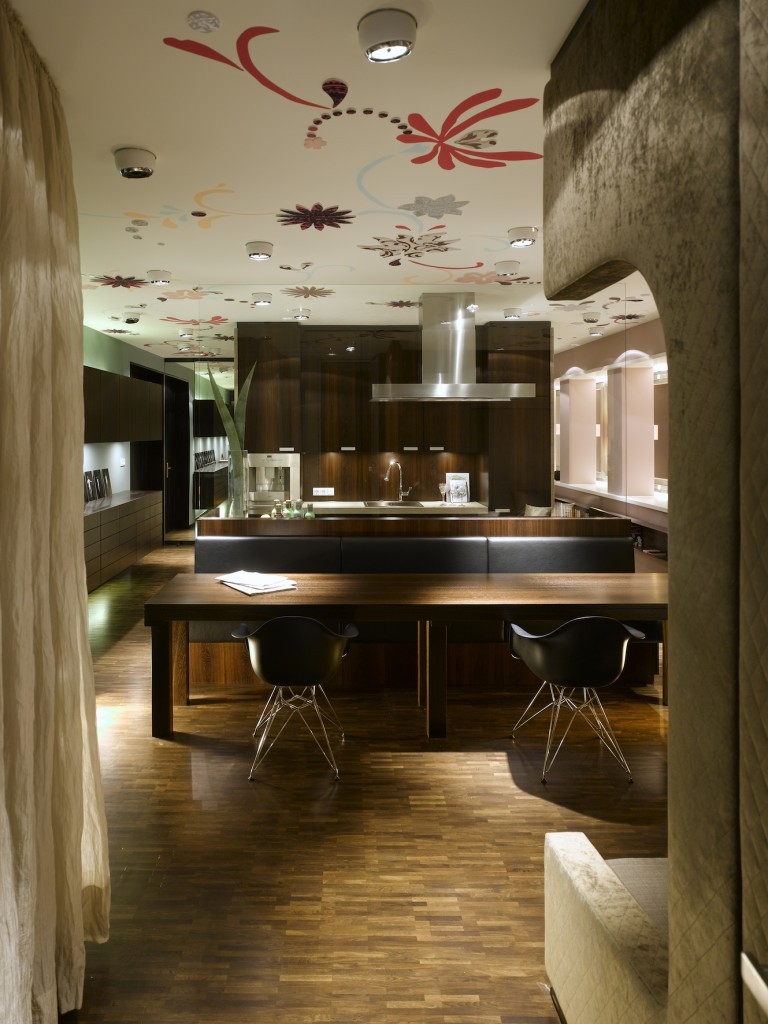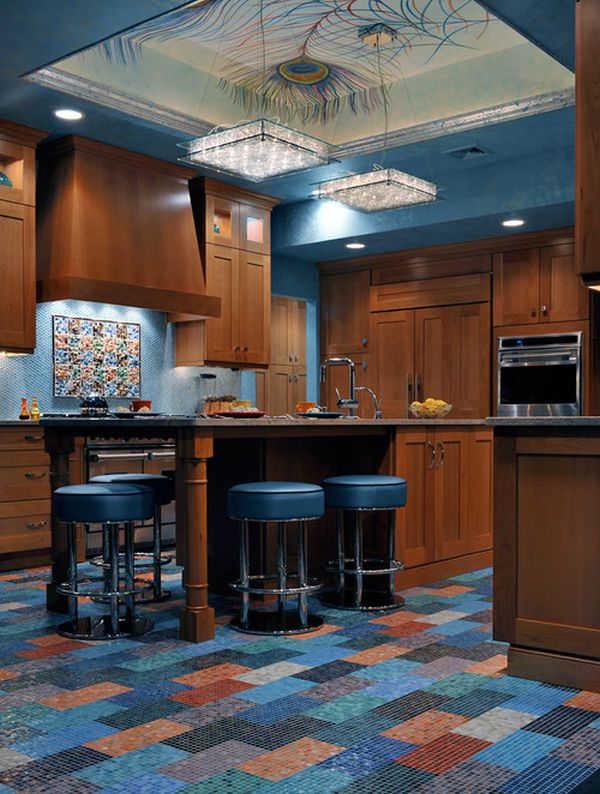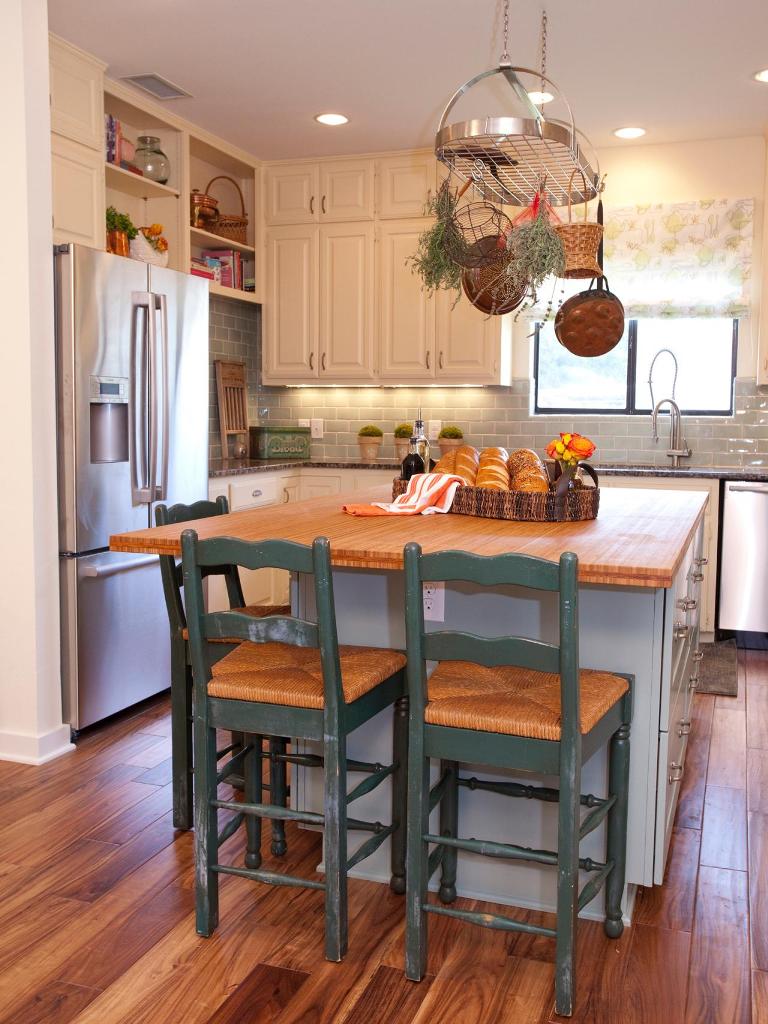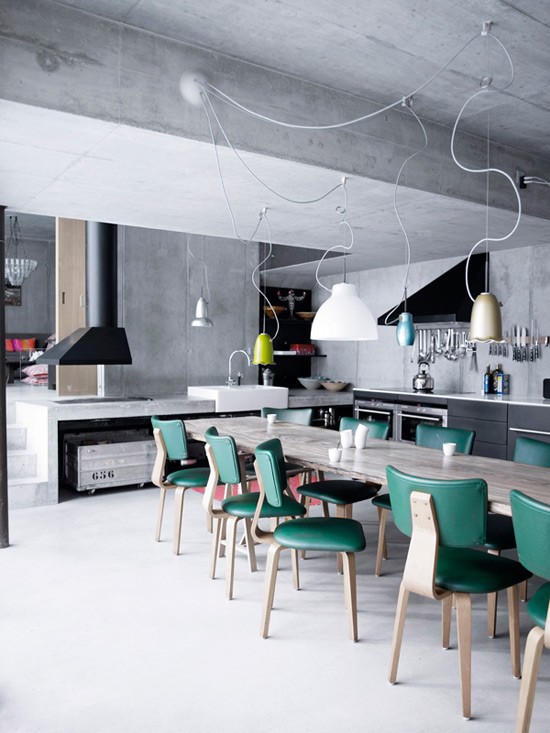Not all rooms have to be decorated “black and white”, right? Discover the 10 most inspiring ways to use color in the master bedroom.
Forget white walls, wooden floors and matching furniture. If you are a fan of out-of-the-box colors and decorations, this article is for you. So, take a chance on decorating your double room and choose one of the 10 ways to use colors we’ve prepared for you.


1. Sober and elegant

For those who don’t want to risk too much on the color palette, it’s best to start “slowly”. Choose dark colors to decorate your master bedroom and start with the wall against which the bed is located.
Blue and gray tones are the best for this type of decoration and can be perfectly combined with bed linen. You don’t need to paint all the walls, so you can even keep the rest white.
2. Neutral

With neutral tones, you can’t go wrong when decorating your double room. But don’t interpret this suggestion as “I’m just going to use white throughout the room”, because that’s not what we’re talking about.
You don’t need to remove the white from the walls, but you can bet on beige and light brown tones in bed linen and pillows, for example. The same applies to elements such as carpets, furniture and even curtains. Decorative pieces in golden tones are also welcome.
3. Tone on Tone

One of the 10 ways to use colors in the master bedroom without compromising the decor is to opt for tone on tone. This means that you can (and should) use the same color, with different intensities, in the decoration of the master bedroom.
Whether you opt for pink, petroleum blue or even yellow, the important thing is that you clearly distinguish the “strength” of each chosen tone. Thus, the walls can take on a stronger color than the headboard and, consequently, than the respective decorative objects (such as sheets, carpets and pillows).
4. Wallpaper

Take a chance on existing patterns and enjoy their potential when decorating the master bedroom. Use squared wallpaper, for example, and match it with walls, pillows and sheets in plain patterns. I’m sure you’ll love it!
5. Depth

Did you know that the way we use color can create the feeling of depth, simulating that a space is bigger than it really is? You have now learned that, on a white wall, you can apply a contrasting color and, in this way, create the desired feeling of depth.
6. The dominant color

You don’t need to use complementary colors, patterns or different textures to get the perfect decoration for your room; on the contrary, you can choose a single tonality and assume it in all the elements of space.
Appeal to your good taste and choose the color with which you identify the most. You can use earth tones, blues or other darker/lighter ones and apply them to walls, carpets, decorative objects and even support furniture.
7. Geometric

Within the geometric logic, there are a series of decorative possibilities that you can apply in your double room. On a flat wall, you can include elements such as shelves to hold books, plants or pictures. The same happens with bed linen, which can be smooth and support geometric fabric pillows.
8. Velvet

Another way to use colors in the master bedroom is to bet on velvet, which refers to the luxury of any space. One of the elements that benefits the most from this type of material is, without a doubt, the headboard, which can be entirely covered with it.
9. Yellow and gold

Using yellow and gold in decorative elements, and even in bed linen, adds a lot of character to the master bedroom—which, by the way, is unlike any other room it may have been in.
These shades also have the advantage of being able to be complemented with others, such as blues, whites and browns. The combination is unique and brings a unique atmosphere to the space.
10. The green and the blue

Don’t be scared, because we are not talking about the most vibrant shades of these colors. But if you think about it, there’s nothing better than green and dark blue.
This is, in fact, one of the best ways to use colors in the double room, not least because it allows you to include other more contrasting colors, which make all the difference in the decoration — such as orange and pink, for example.





